Whether you are building a creator PC for video editing, 3D modelling or animation, audio production or graphic design, there are certain components that are essential, so you get the workstation specification you need.
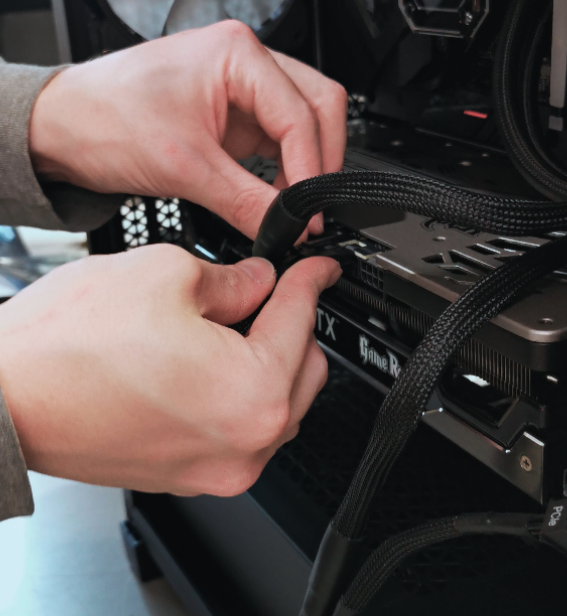
Regardless of your creative needs, a reliable, powerful PC is a must. We're going to look at the components you need for the various types PC build, covering audio, 3D and video creation. We'll also discuss the benefits of Mac or PC workstations, and why you need the specific components for each build.
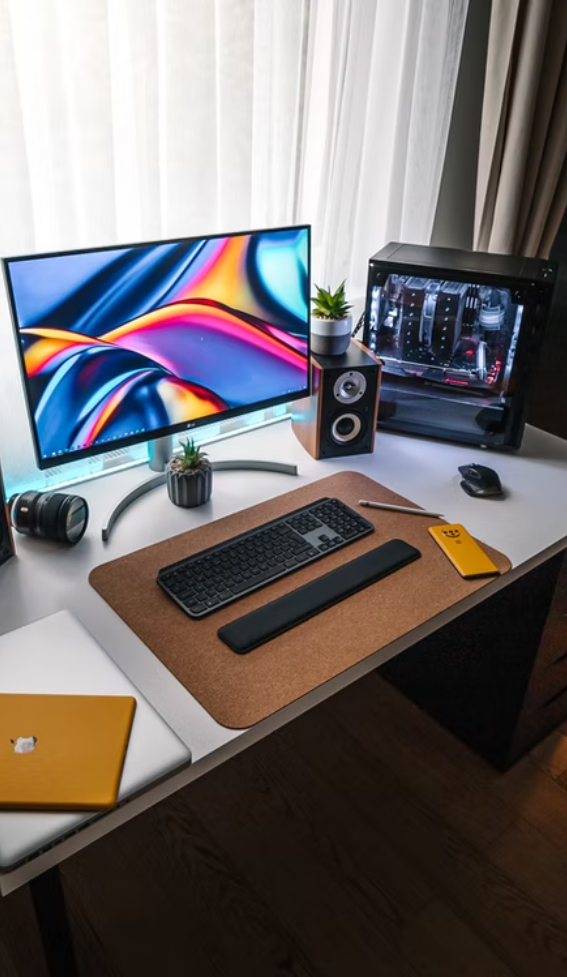
Though there are differences between each creator PC, there are some core components that are the same. Each of the builds we've detailed in this guide will include: -
ATX mid tower or full tower case
A large case means you have plenty of room for your hardware in the chassis, and the ability to add plenty of cooling options (liquid cooling, extra case fans etc.) to keep your hard working PC cool.
Minimum 32GB RAM
32GB RAM is the minimum you should expect to have in a workstation PC, taking some of the load from the processor and allowing you to work with large files without issue.
Combination of SSD + HDD storage
SSD is the fast storage that you will store your operating system and most-used applications, which means fast load times and ultra-reliability. HDD is your large capacity storage for the huge files you will no doubt be working with, or potentially used for long term, archival storage for previous work.
High power PSU
With the higher power draw from high-end components, a superior power supply unit (PSU) is invariably what you will need in a creator / workstation PC. A high wattage PSU will also mean you don't have to worry about future upgrades, knowing it will be able to power your new components, with plenty of room in the spec for the latest generation hardware.
Before you know what components you will need, and how you will build you workstation PC, you will need to decide which type of creator you are and the software you will be using. This will help determine the specification you need.
Generally, we see creators in four separate categories, and they often use the following software: -
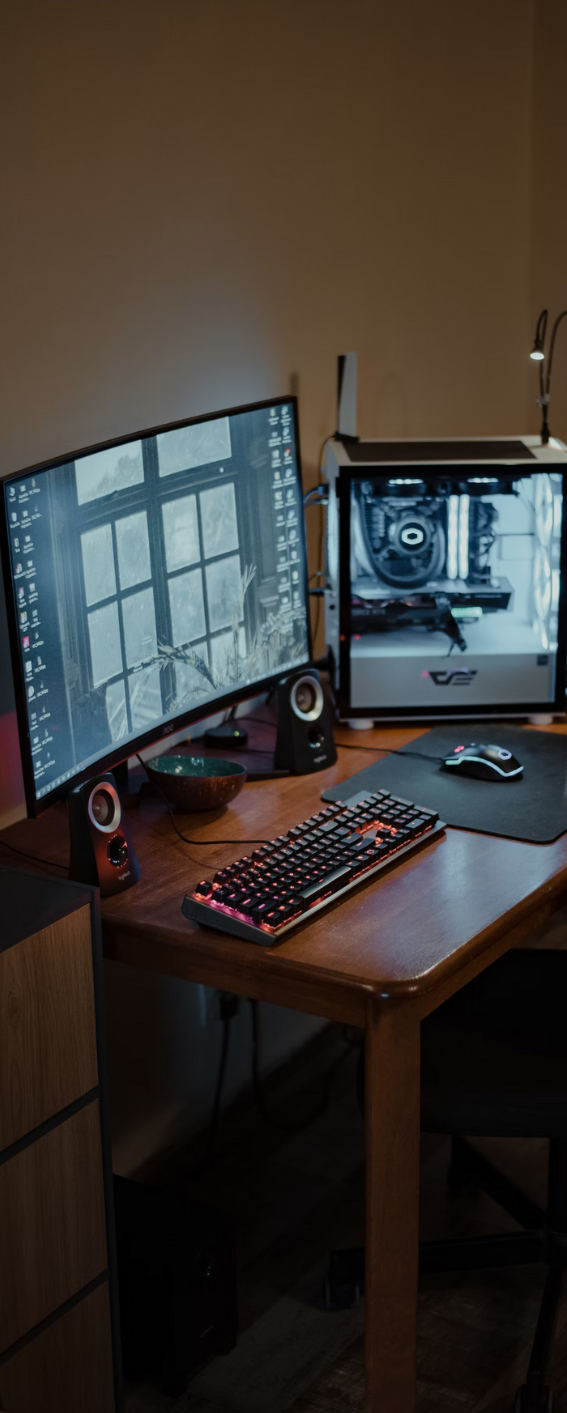
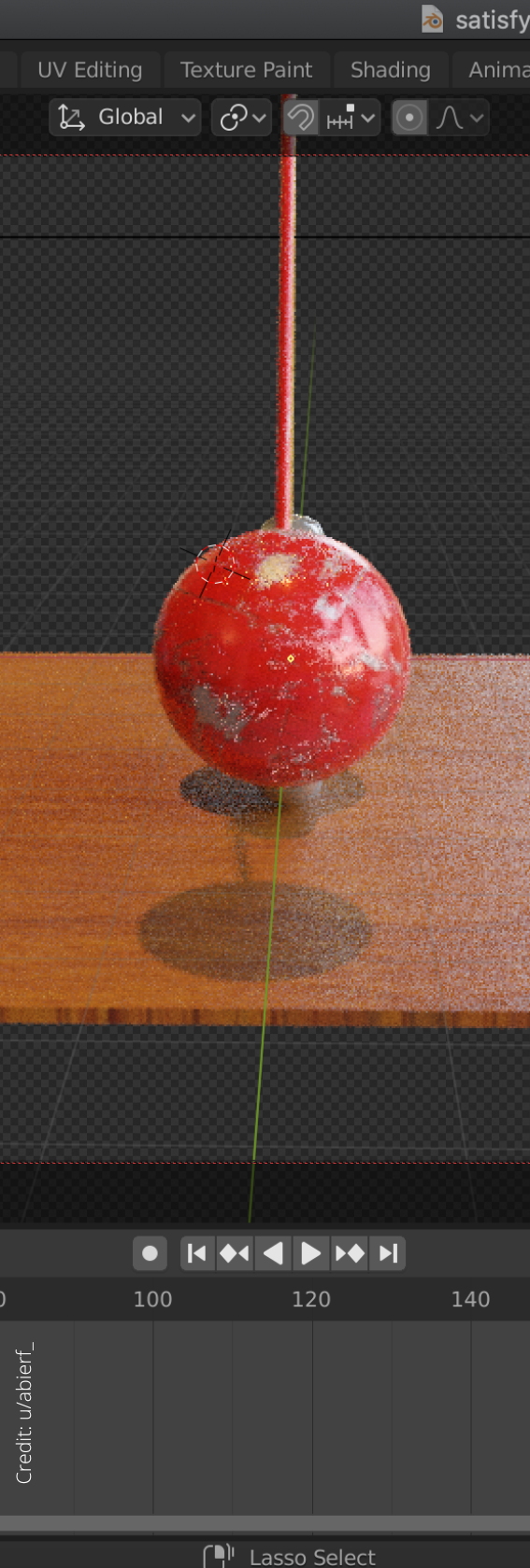
Both AMD and Intel have processors that are suitable for 3D design, and though CPUs are not the only ingredient in the rendering process, they bear the brunt of the heavy workload. 3ds Max, Cinema 4D, Maya, and Blender all can take advantage of CPU rendering, so you will need a high number of cores and threads to juggle these processes, with Hyperthreading (Intel) and SMT (AMD) technologies to distribute the workload.
The other option, which massively helps workflow in 3D, is to use an Intel Alder Lake or Raptor Lake processor with hybrid architecture, which uses Thread Director technology to process your workload intelligently.
Processor (CPU)
Recommended: High core and thread counts, high clock speeds and Hyperthreading/SMT
Both AMD and Intel have processors that are suitable for 3D design, and though CPUs are not the only ingredient in the rendering process, they bear the brunt of the heavy workload. 3ds Max, Cinema 4D, Maya, and Blender all can take advantage of CPU rendering, so you will need a high number of cores and threads to juggle these processes, with Hyperthreading (Intel) and SMT (AMD) technologies to distribute the workload.
Graphics card (GPU)
Recommended: NVIDIA GeForce RTX 30-series and RTX 40-series graphics cards
GPU engines such as Redshift3D Octane, and VRAY-RT take advantage of the insanely fast rendering capabilities of a modern NVIDIA GeForce RTX GPU, with 5x - 20x the speed of CPU processing. NVIDIA's CUDA core technology and Ray Tracing engines are much better suited to GPU rendering, and their bespoke solutions such as NVIDIA Studio and Omniverse ensure your creativity is unbound. At least 8GB VRAM is ideal, here.
Storage
Recommended: 1TB M.2-2280 PCIe 4.0 x4 NVMe SSD + 7200RPM SATA III HDD
Having the fast NVMe SSD interface means you can access your software and working files quickly, and runtimes in your workflow are at the optimal speed. Paired with a fast hard drive to store and move around large files, you will ensure your rendering speeds are fast and any previewing is as fast as possible.
Motherboard Features
Recommended: ASUS/Gigabyte creator models with USB 3.1 or Thunderbolt
Fast transfer of files off your PC can be very important when working remotely or with clients who prefer a hard copy of finished work. While Thunderbolt offers the fastest transfer speeds at 40Gbps, USB 3.1 is no slouch at 20Gbps. With excellent cooling and efficiency for heavy workloads, ASUS and Gigabyte are the best choice for 3D professionals.
Much like a 3D design PC, a video editing workstation needs power where it counts - CPU, GPU and storage. Video editing and rendering works differently from 3D rendering, however, and relies heavily on choosing the right hardware for your particular workflow.
Processor (CPU)
Recommended: Intel 12th-Gen Alder Lake and 13th-Gen Raptor Lake
The reliable and impartial PugetBench scores for the Intel Core i7 and i9 12th-Gen and 13th-Gen and Ryzen 9 5900/5950X processors dominate the top of the charts for video editing performance with Adobe Premiere Pro - a demanding application that has been optimised for modern processors. Live playback is also handled by the CPU, and Intel processors are top of the benchmark charts yet again. AMD Ryzen CPUs, however, do not have built-in media encoders, so video editing is generally left to market-leaders Intel.
Graphics Card (GPU)
Recommended: RTX 30-series and RTX 40-Series required for complex & VFX-heavy workflows
It is absolutely possible to get by with a lower end graphics card if you plan o producing sub-4K videos that do not have video effects or complex attributes, but for future-proofing your video editing workflow, and for high end video production & playback, an RTX 30-series card or extremely powerful RTX 40-series with 4GB of VRAM is recommended.
Storage
Recommended: 1TB M.2-2280 PCIe 4.0 x4 NVMe SSD + 7200RPM SATA III HDD
Motherboard Features
Recommended: ASUS/Gigabyte 'creator' models with USB 3.1 or Thunderbolt
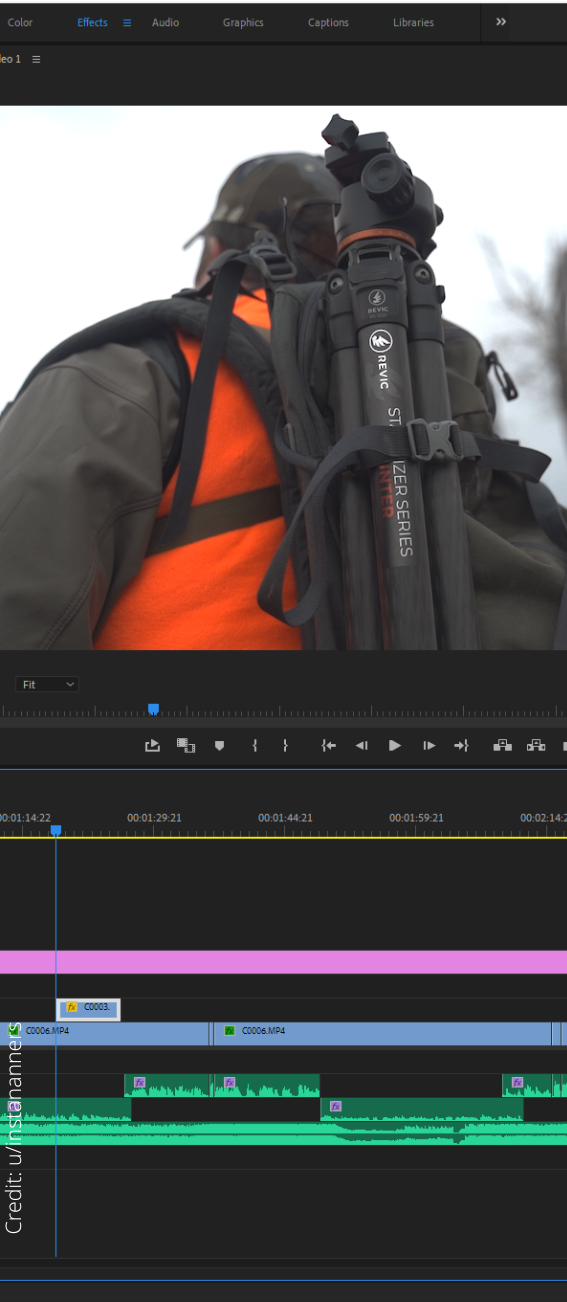
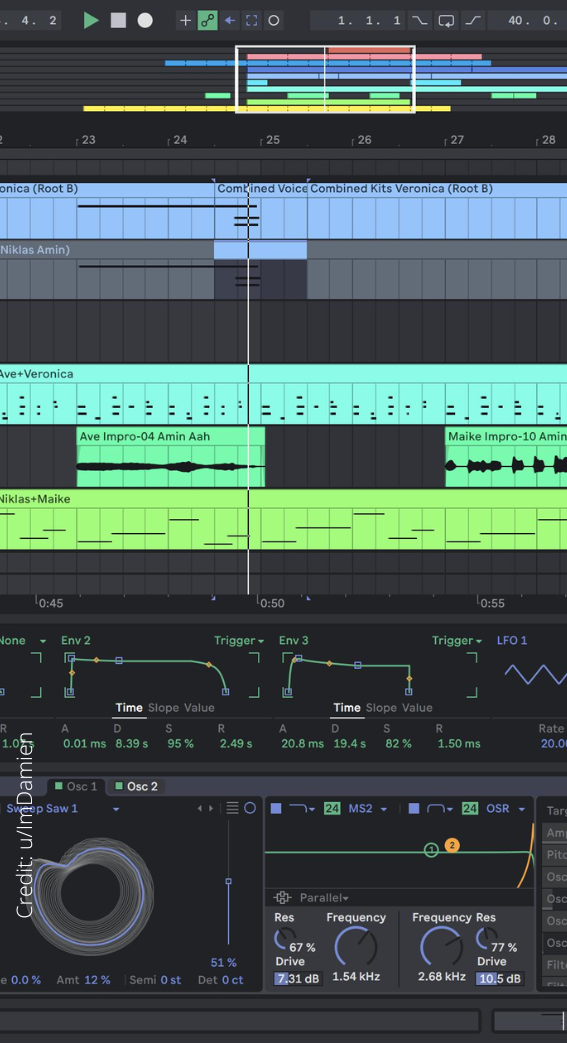
Although not as demanding as productions that require video or 3D elements, audio editing and music production can often be demanding in larger projects. Software such as Ableton Live and Audacity can be run on older machines, but export times and load times will suffer unless you are using modern equipment.
Processor (CPU)
Recommended: Older processors are fine - but mean slower workflows
Intel Core i5 11th-Gen processors are adequate for music production, though increasing your budget up to 12th-Gen Alder Lake will see performance and speed improvements. AMD Ryzen 5 3000-series are also sufficient for audio editing and production, though 5000-series CPUs are highly optimised for performance with DAW work.
Sound Card/Motherboard
Recommended: Choose ASUS and Gigabyte motherboards for audio I/O and sound quality
For music production, you will either need to spend the money you save on a GPU on the motherboard, a sound card - or both. You will require high quality audio inputs/outputs, and compatibility with any peripherals you intend on using (XLR mics, mixers etc.). ASUS and Gigabyte have excellent creator motherboards in their range, especially designed for professionals to get the best out of audio and video production.
Much like audio production PCs, graphic designers do not need high-end specifications to get the most out of Adobe software, and experience fast workflows and rendering of files. Whilst a powerful processor is recommended, a mid-tier graphics card will suffice.
Processor (CPU)
Recommended: Alder Lake 12th-Gen or AMD Ryzen 5000-series
Ideal for the type of workload Adobe products throw at them, Core i9 12th-Gen processors from Intel are capable of delivering both power and efficiency using the smart P-Core and E-Core technologies. Also perfect for workstations, the AMD Ryzen 9 5900 and 5950X, operating very close to Intel's Alder Lake CPUs. Intensive work in Photoshop and Illustrator can be dealt with predominantly in available RAM memory and processor resources, so choose both wisely.
Graphics Card (GPU)
Recommended: Not essential - a nice to have for effects
A mid-tier GTX card will suffice for graphic design work, though if you plan on using neural network effects or visual effects and lighting built-in to graphic design applications, an RTX 30-series card will be your best option.
Storage
Recommended: 1TB M.2-2280 PCIe 4.0 x4 NVMe SSD + 7200RPM SATA III HDD
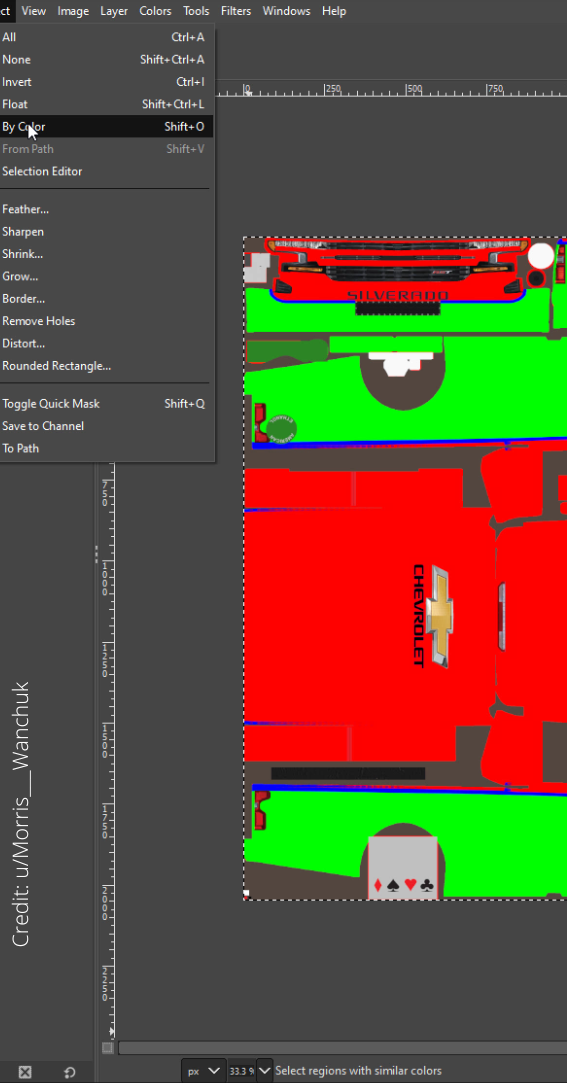
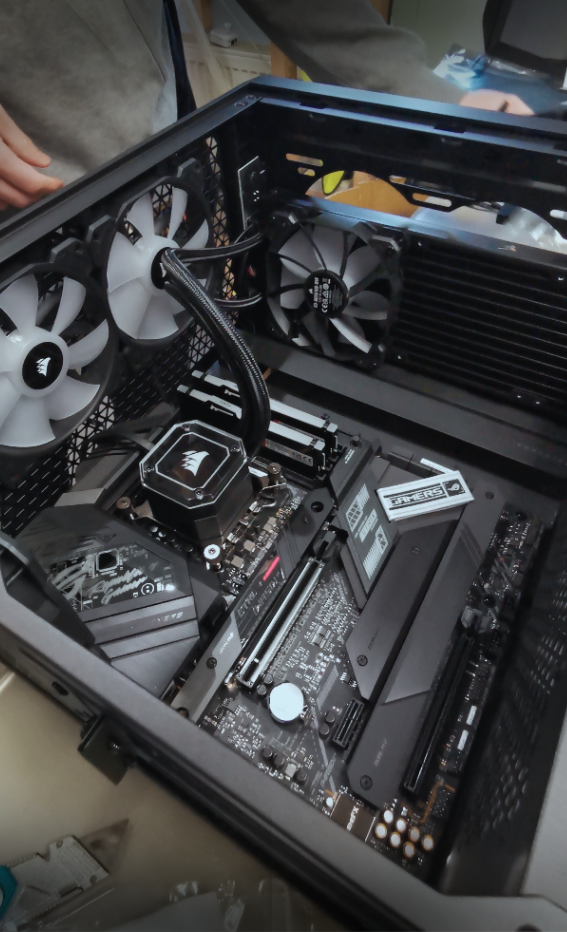
When you are shopping for PC components at CCL, you can ensure all hardware is compatible using our built-in system.
To enable: View your basket, and simply enable the "Compatibility Checker", and our system will guide you through the process of buying each individual component.

Whenever you add components to your basket, you will notice a small notification appear to tell you if the hardware is compatible or not.
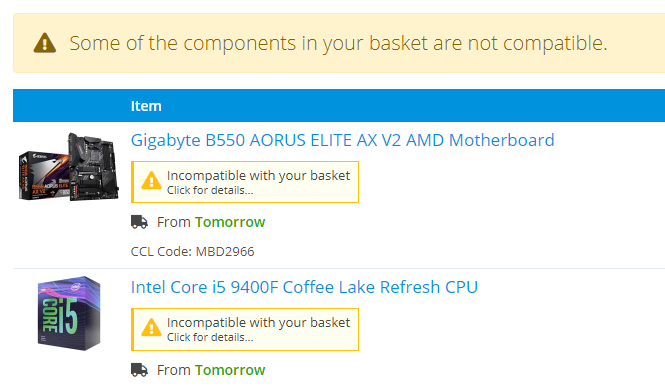
You can also choose to "hide" incompatible components in your search. Look out for the notification at the top of your search results.
It used to be that only Apple Mac products were used by professionals in the creative industry. Since the early 2000's PCs have been contenders when it comes to Apple iMac workstation specifications, but with added benefits for the creative professional.
Benefits of PC vs Mac
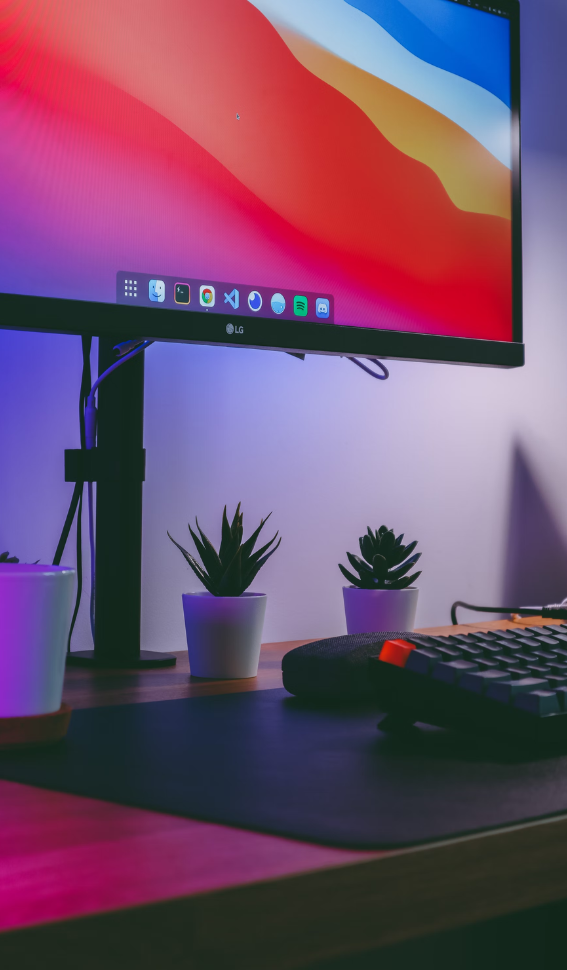
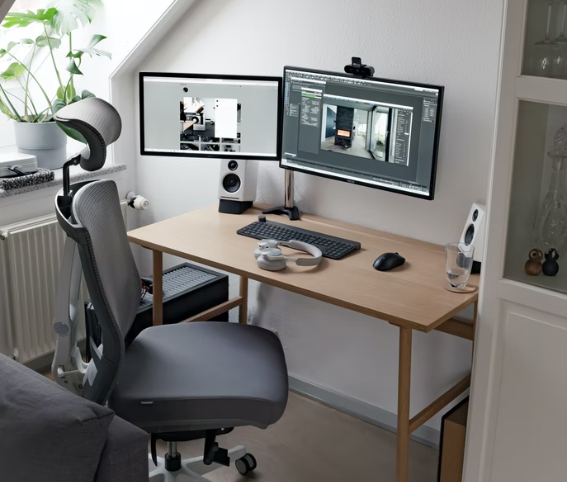
In truth, there's very little difference between a high end gaming PC and a workstation PC for a creator. The specifications are very similar in that a powerful processor, graphics card and plenty of memory are included. The main differences are in storage capacity and motherboard features for the different types of creator. For instance, a music production PC will have a far superior sound card or audio capabilities built into the motherboard, where a 3D modelling PC will have specs leaning toward rendering speed.
Yes. We offer various finance options, with flexible payments depending on the price of the hardware.